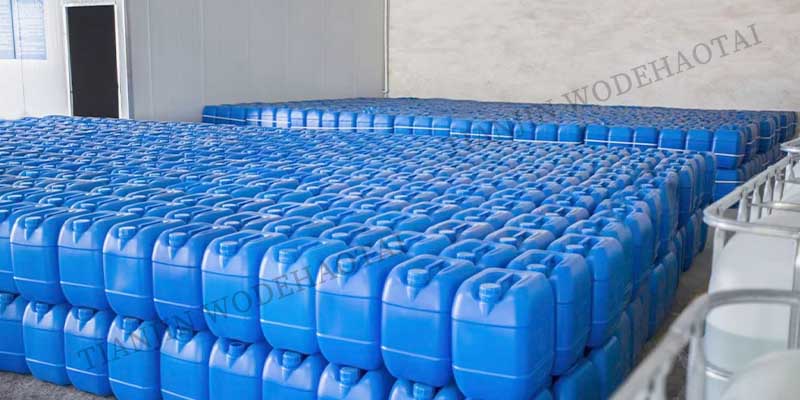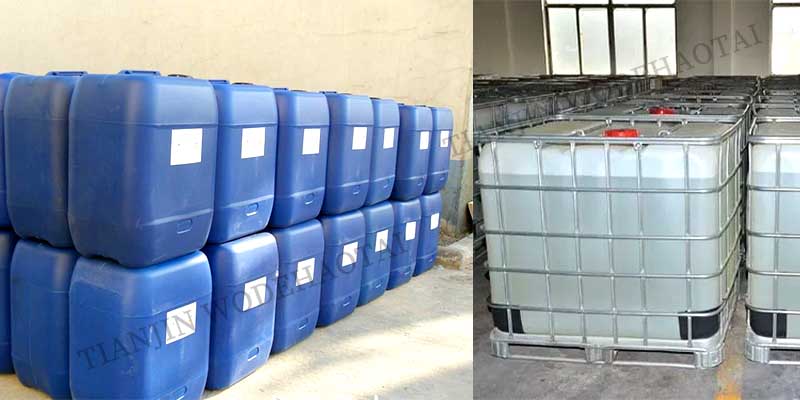CAS No.: 7664-38-2
Formula: H3po4
EINECS: 231-633-2
Phosphoric acid, also known as orthophosphoric acid, is a mineral (inorganic) acid with the chemical formula H3PO4. It's a colorless, odorless liquid with a syrupy consistency. Here's a breakdown of its introduction, specifications, and applications:
Introduction:
Discovery: Phosphoric acid was first discovered by the Swedish chemist Johan Gottlieb Gahn in 1770. It is derived from phosphate rocks, which are primarily found in the form of apatite.
Production: Phosphoric acid is commonly produced through two main methods:
1.Wet process: Phosphoric acid is produced by treating phosphate rock with sulfuric acid.
2.Thermal process: Phosphoric acid is produced by burning elemental phosphorus and oxidizing the phosphorus to produce phosphorus pentoxide (P2O5), which is then dissolved in water to form phosphoric acid.
Specifications:
Concentration: Commercially available phosphoric acid typically comes in various concentrations, with 85% and 75% being common concentrations.
Purity: The purity of phosphoric acid depends on its application. It's available in technical grade, food grade, and industrial grade.
Appearance: Pure phosphoric acid is a clear, colorless liquid. Impurities may cause slight variations in color.
Applications:
1.Food and Beverage Industry: Phosphoric acid is widely used as an acidulant in the food and beverage industry. It's commonly found in soft drinks, where it provides a tangy flavor. It's also used in the production of certain food additives like phosphates.
2.Pharmaceuticals: In pharmaceuticals, phosphoric acid is used as an excipient in the production of tablets and syrups. It's also used in the manufacture of certain medicines.
3.Fertilizers: Phosphoric acid is a key ingredient in the production of fertilizers, particularly phosphate fertilizers. It's used to convert phosphate rock into water-soluble phosphate compounds that plants can absorb.
4.Metal Treatment: Phosphoric acid is used in metal treatment processes, such as rust removal and metal cleaning. It's also used as an etchant in the electronics industry.
5.Water Treatment: It's used for adjusting pH levels in water treatment processes, particularly in municipal water treatment facilities and swimming pools.
6.Detergents and Cleaners: Phosphoric acid is an effective ingredient in household and industrial cleaners, particularly in formulations designed for descaling and removing mineral deposits.
7.Industrial Processes: It's used in various industrial processes as a catalyst, a reagent, or a pH adjuster.
8.These are just a few examples of the diverse applications of phosphoric acid across different industries. Its versatility and effectiveness make it a valuable chemical compound in numerous processes.

